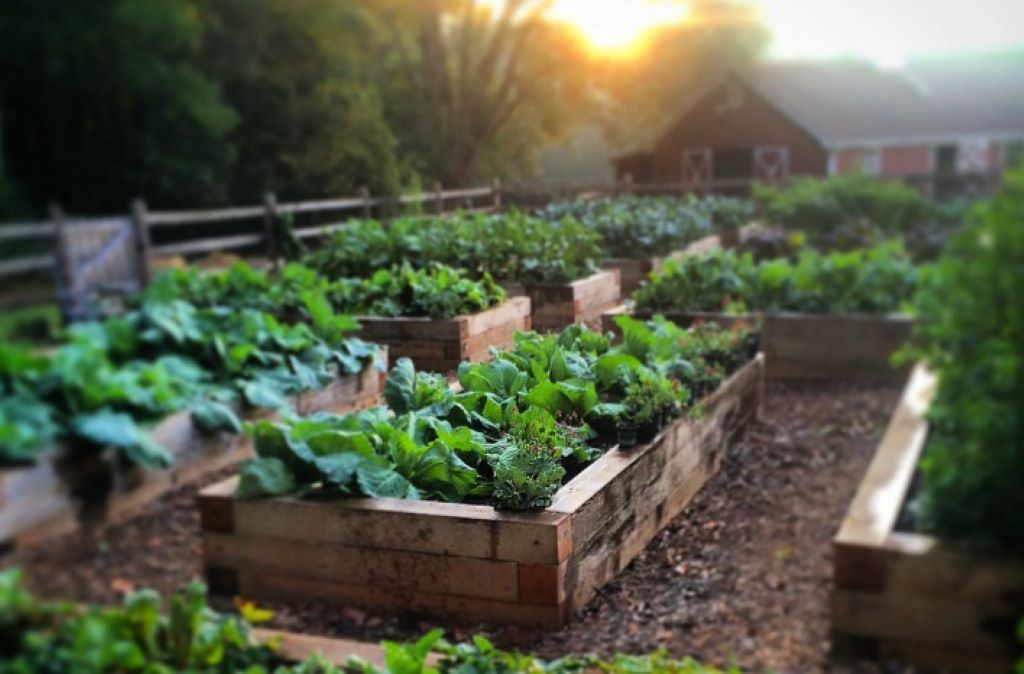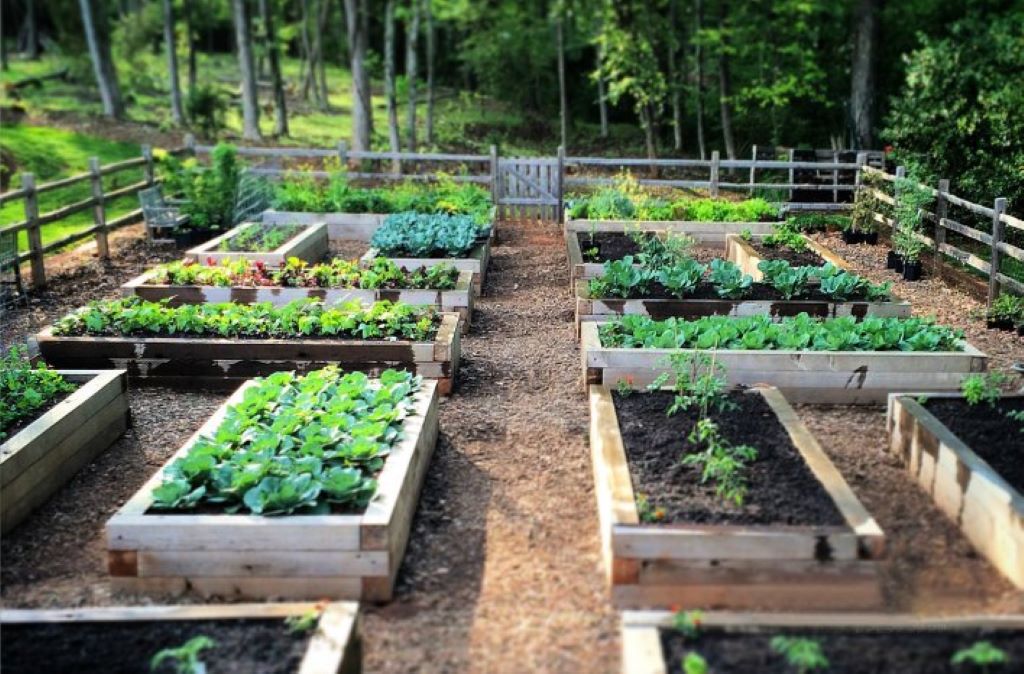Raised garden beds offer numerous advantages, including better soil control, improved drainage, and accessibility. Whether you’re a seasoned gardener or a beginner, choosing what to plant can be both exciting and daunting. This guide will help you make informed decisions based on your location, sunlight conditions, available space, and personal preferences.
Key Factors to Consider:
- Sunlight Availability: Assess how much sunlight your raised beds receive throughout the day. Most vegetables thrive in full sun (6-8 hours), while some leafy greens and herbs tolerate partial shade (4-6 hours).
- Climate and Growing Season: Understand your region’s hardiness zone and average frost dates to determine the best planting times for different crops. Choose varieties suited to your climate’s specific temperature and rainfall patterns.
- Space and Bed Dimensions: Consider the dimensions of your raised beds to determine how many plants can comfortably fit while allowing adequate space for growth.
- Personal Preferences: In our family, we cherish meals that incorporate fresh vegetables and aromatic herbs, which not only enhance flavors but also add vibrant colors to our dishes.
We particularly enjoy growing a variety of herbs like basil, thyme, and rosemary, which thrive in our garden and find their way into our salads and pasta sauces. The sight of blooming flowers like vibrant marigolds and delicate pansies adds a touch of beauty to our outdoor space, making our meals not only delicious but visually appealing as well. Planning our garden with a labyrinth garden design in mind, as defined at https://cherryblossomlife.com/garden-decor-ideas/labyrinth-garden/, allows us to incorporate these elements seamlessly, creating a harmonious and inspiring environment for both cooking and relaxation.

Related: Some of the Most Popular Alliums to Add to your Garden
Vegetable Planting Ideas for Raised Beds:
- Compact Varieties: Opt for compact or dwarf varieties if space is limited. Consider bush beans, determinate tomatoes, and miniature bell peppers.
- Companion Planting: Practice companion planting to deter pests and improve plant health. For example, plant basil near tomatoes, carrots near onions, and marigolds among various vegetables.
- Succession Planting: Maximize your harvest by planting in succession. Plant fast-growing crops like radishes and lettuce between slower-growing ones like broccoli or cauliflower.
- Vertical Growth: Utilize vertical space with trellises or supports for vining crops such as cucumbers, pole beans, and peas. This saves space and promotes better air circulation.
Vegetable Suggestions for Different Sunlight Levels:
- Full Sun (6-8 hours): Tomatoes, peppers, eggplants, squash, cucumbers, beans, melons, corn.
- Partial Sun (4-6 hours): Leafy greens (lettuce, spinach, kale), root vegetables (carrots, beets, radishes), broccoli, cauliflower.
Herb Planting Ideas for Raised Beds:
- Culinary Herbs: Basil, parsley, thyme, rosemary, oregano, cilantro, chives, mint (plant mint in a separate container to prevent it from spreading).
- Medicinal Herbs: Chamomile, lavender, lemon balm, echinacea.
Flower Planting Ideas for Raised Beds:
- Pollinator-Friendly: Choose flowers that attract beneficial pollinators like bees and butterflies. Marigolds, zinnias, sunflowers, cosmos, and lavender are excellent choices.
- Edible Flowers: Nasturtiums, pansies, calendula, borage.
- Cut Flowers: Consider planting dahlias, lilies, tulips, and other flowering bulbs for beautiful bouquets.
Additional Tips for Success:
- Oil Preparation: Use high-quality soil mix rich in organic matter. Amend with compost or aged manure for added nutrients.
- Watering: Water regularly, especially during dry spells. Raised beds tend to dry out faster than in-ground gardens.
- Fertilizing: Feed plants with organic or slow-release fertilizers throughout the growing season.
- Pest and Disease Management: Monitor plants regularly for pests and diseases. Use organic pest control methods whenever possible.
- Crop Rotation: Rotate crops each year to prevent soil depletion and minimize pest and disease buildup.
Additional Tips for Beginners:
- Start Small: If you’re new to gardening, begin with a smaller raised bed and a few easy-to-grow vegetables or herbs.
- Research: Learn about the specific needs of each plant you choose to ensure they thrive in your raised beds.
- Join a Community: Connect with other gardeners online or in your local area for advice and support.
Advanced Tips for Experienced Gardeners:
- Experiment: Try growing unique or heirloom varieties of vegetables, herbs, or flowers.
- Intercropping: Combine different crops with varying growth habits and maturity dates to maximize space and extend the harvest season.
- Seed Saving: Save seeds from your favorite plants to grow again next year.
Conclusion:
Raised garden bed planting opens up a world of possibilities for cultivating delicious vegetables, fragrant herbs, and vibrant flowers. By carefully considering your growing conditions and personal preferences, you can create a thriving and productive garden that provides you with fresh produce and beautiful blooms for years to come.
I hope this comprehensive article meets your requirements and provides valuable insights for your readers. Please let me know if you have any other questions or requests.

